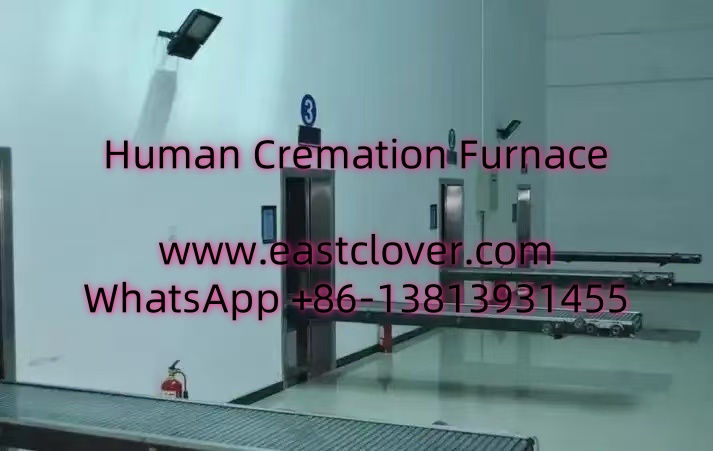The Growing Importance of Cremation in Modern Funeral Practices
In recent years, cremation has become an increasingly popular choice for families, surpassing traditional burials in many regions. This shift is driven by factors such as lower costs, environmental concerns, and the scarcity of burial space in urban areas. For funeral homes, adapting to this trend requires investing in reliable and efficient cremation technology. High-performance cremation furnaces have emerged as a critical solution, enabling regional funeral homes to meet rising demand while maintaining operational efficiency and cost-effectiveness.
What Are High-Performance Cremation Furnaces?
High-performance cremation furnaces, also known as retorts, are advanced systems designed to optimize the cremation process. Unlike older models, these furnaces incorporate cutting-edge technology to reduce energy consumption, minimize emissions, and accelerate cremation cycles. They are built with durable materials and automated controls to ensure consistent performance, even under heavy use. By leveraging innovations such as improved insulation, precision temperature management, and emissions filtration, these systems set a new standard for efficiency in the funeral industry.
Key Features of High-Performance Cremation Furnaces
- Advanced Combustion Systems: Optimized fuel-air mixtures and secondary combustion chambers ensure complete incineration, reducing fuel costs and emissions.
- Automated Controls: Digital interfaces allow operators to monitor and adjust temperature, airflow, and cycle times, minimizing human error.
- Energy Efficiency: Improved insulation and heat recovery systems reduce energy waste, lowering operational expenses.
- Emissions Control: Integrated filters and scrubbers capture particulate matter and harmful gases, ensuring compliance with environmental regulations.
- Durability: High-quality refractory materials extend the furnace’s lifespan, reducing long-term maintenance costs.
Maximizing Efficiency and Reducing Costs
For regional funeral homes, the financial benefits of high-performance cremation furnaces are significant. Here’s how they drive cost savings:
- Lower Fuel Consumption: Efficient combustion systems reduce natural gas or propane use by up to 30%, directly cutting energy bills.
- Reduced Labor Costs: Automation streamlines the cremation process, allowing staff to focus on other tasks.
- Minimal Maintenance: Durable components and self-diagnostic tools decrease downtime and repair expenses.
- Scalability: Faster cycle times enable funeral homes to handle higher volumes without additional equipment.
Environmental Benefits of Modern Cremation Technology
Beyond cost savings, high-performance furnaces address growing environmental concerns. By reducing greenhouse gas emissions and particulate matter, they help funeral homes meet stringent regulatory standards. Energy-efficient designs also align with sustainability goals, appealing to eco-conscious families. Additionally, some models offer options for mercury capture from dental amalgam, further minimizing ecological impact.
Considerations for Choosing a Cremation Furnace
When selecting a high-performance furnace, funeral homes should evaluate:
- Capacity: Match the furnace size to the facility’s cremation volume.
- Fuel Type: Consider availability and cost of natural gas, propane, or electricity in the region.
- Regulatory Compliance: Ensure the system meets local emissions and safety standards.
- Manufacturer Support: Opt for suppliers offering training, warranties, and reliable service.
www.southclover.com
High-performance cremation furnaces represent a transformative investment for regional funeral homes. By enhancing efficiency, reducing operational costs, and supporting environmental sustainability, these systems enable businesses to adapt to evolving industry demands. As cremation rates continue to rise, adopting advanced technology will be key to maintaining competitiveness and delivering compassionate services to families.
FAQs
How much can a funeral home save with a high-performance furnace?
Savings vary based on usage, but many facilities report a 20–40% reduction in fuel and labor costs annually.
Are these furnaces environmentally friendly?
Yes. Advanced emissions controls and energy-efficient designs significantly reduce their environmental footprint.
What maintenance is required?
Routine inspections, filter replacements, and combustion chamber cleaning are typically needed every 6–12 months.
Can furnaces be customized for specific needs?
Many manufacturers offer modular designs, allowing customization of size, fuel type, and automation features.
How long does a cremation cycle take?
High-performance models complete cycles in 1.5–2.5 hours, compared to 3+ hours for traditional furnaces.

Comments are closed